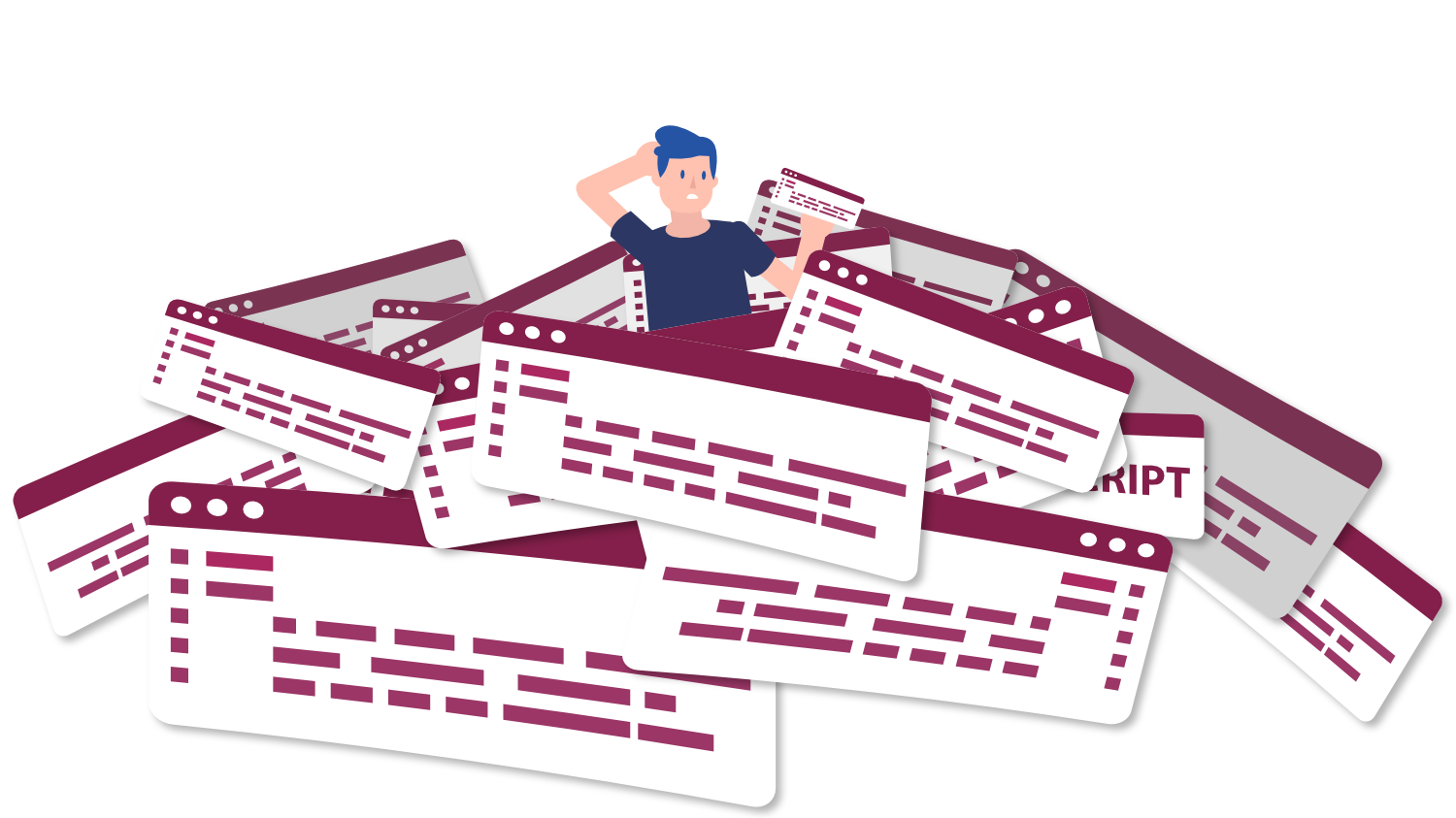Why is tooltip text required to be hoverable?
Question
Answer
Content revealed on hover or focus (such as tooltips) must be dismissible, hoverable, and persistent, according to Success Criterion 1.4.13 Content on Hover or Focus in the Web Content Accessibility Guidelines.
“Hoverable” means that the user can move a pointer device, such as their mouse cursor, over the revealed content without the content disappearing.
For many users, moving the pointer device over content they are reviewing is a common strategy. For example, some users move their cursor over text to help them keep their place as they read, which can include users with low vision, users with reading disabilities, and users who benefit from additional visual tracking, whether they identify as disabled or not. When the content is not hoverable, this helpful strategy is not available.
For certain assistive technologies, the user must be able to move their pointer over content for the technology to function correctly. For example, users who rely on screen magnification may need to move their cursor away from the trigger and onto the new content to bring it fully into view. Others may use assistive technologies that highlight or read text aloud as the pointer moves over it, and these technologies typically can't function correctly if the text disappears.
When content exposed on hover or focus is hoverable, users have more options for reviewing the content. For some users, this flexibility is essential.
To learn more about improving the flexibility of your content for users with different presentation needs, explore the Adaptive Content & Other Page Requirements course from Accessible Web Academy.


